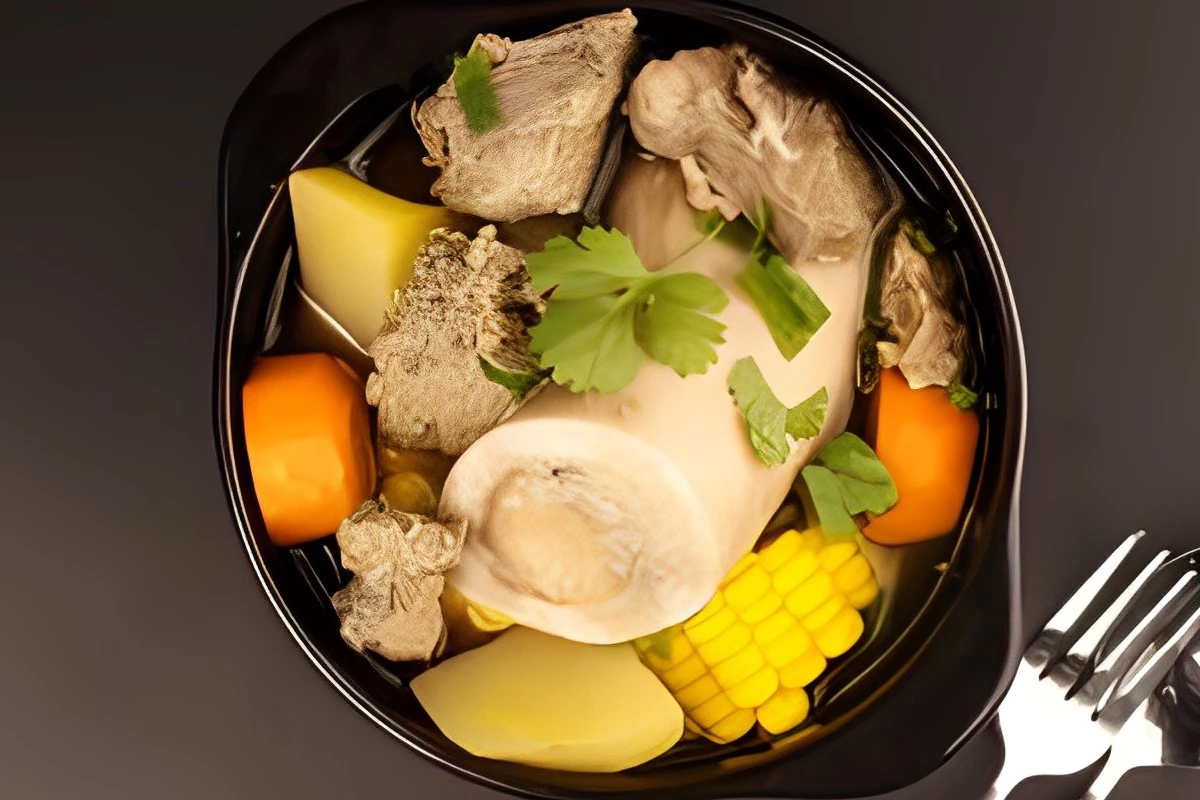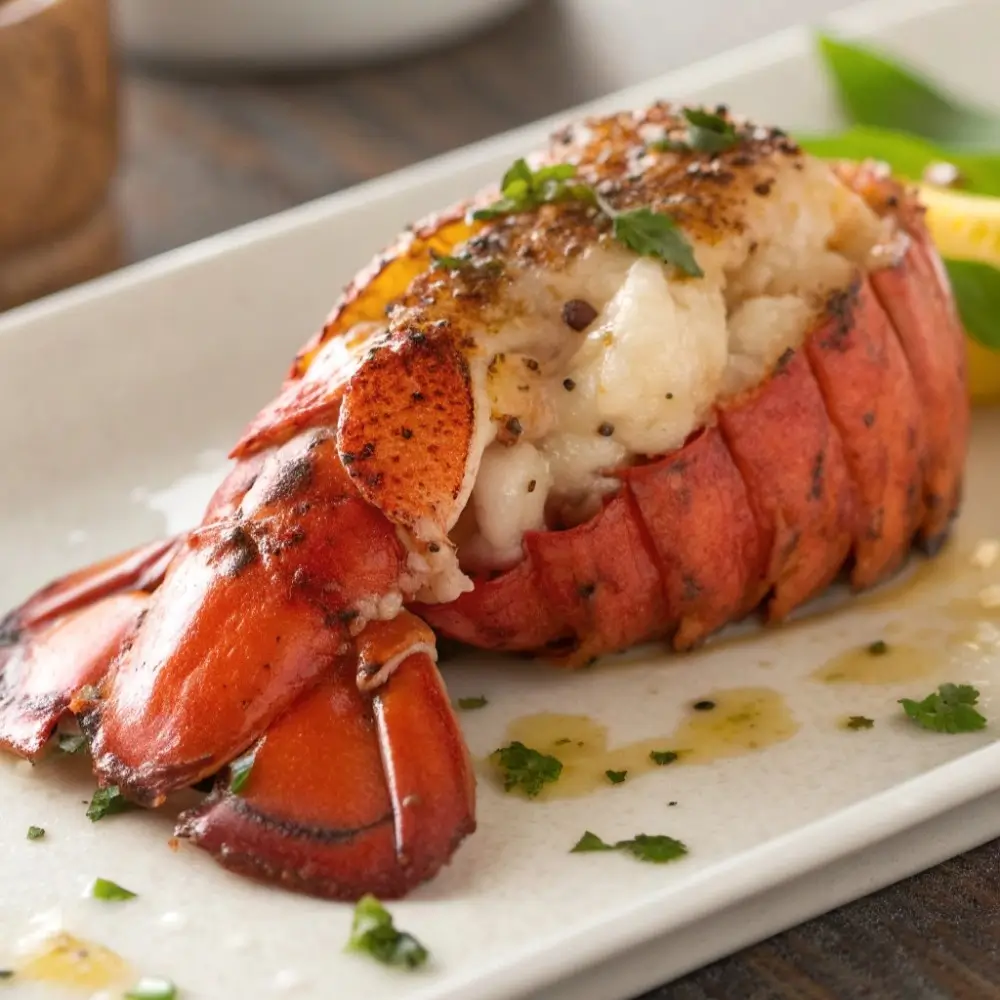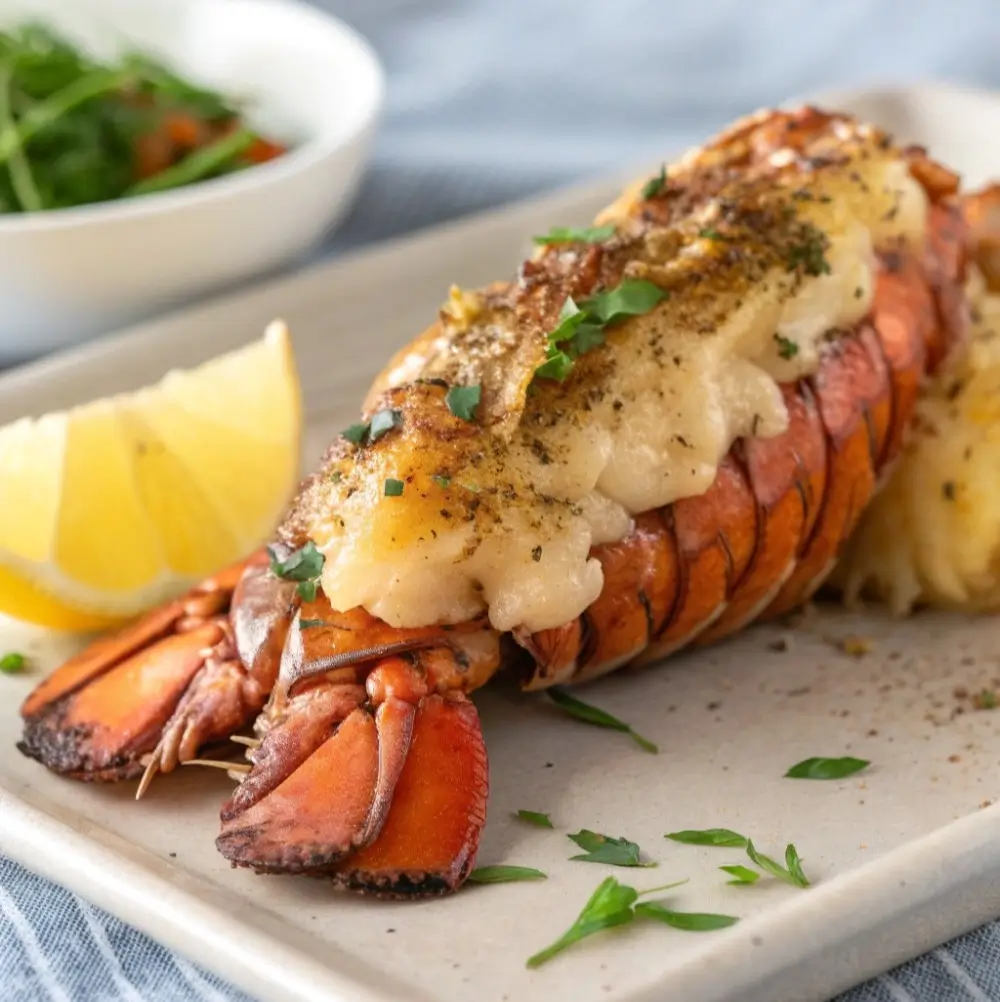Table of Contents
In the rich tapestry of Mexican cuisine, few dishes are as beloved and comforting as Caldo de Res. This traditional Mexican beef soup, with its hearty blend of beef, vegetables, and a robust broth, is more than just a meal—it’s a cultural experience. Each spoonful tells a story of tradition, family gatherings, and the simple joy of sharing a warm, nourishing meal.
In this article, we’ll dive deep into the world of Caldo de Res, exploring its ingredients, preparation, and the variations that make it a cherished dish across Mexico and beyond. From its health benefits to serving suggestions, we’ll cover everything you need to know to bring this comforting dish to your table. So, let’s embark on this culinary journey together, discovering the flavors, techniques, and traditions that make Caldo de Res a timeless classic.
Introduction to Caldo de Res Recipe
Overview of Caldo de Res Recipe
Caldo de Res, or Mexican beef soup, is a cornerstone of Mexican home cooking. It’s a dish that warms the heart and fills the stomach, perfect for any day of the year but especially comforting during the colder months. With its rich broth, tender beef, and array of vegetables, Caldo de Res is both a feast for the senses and a testament to the simplicity and depth of Mexican cuisine.
Historical Background
The roots of Caldo de Res are modest, much like its ingredients. Typically made with beef shank and any available vegetables, this soup maximized resources. It embodies the cherished practice of slow cooking, blending simple ingredients into something extraordinary.
Cultural Significance
In Mexican culture, Caldo de Res transcends mere sustenance; it symbolizes family and unity. Commonly cooked in large pots for communal meals, it’s essential at social events, uniting everyone through a mutual appreciation for delicious food. Thus, making and sharing Caldo de Res is a ritual that fortifies relationships and feeds the spirit.
As we explore the key ingredients and the steps to making this iconic dish, remember that this Mexican beef soup is a canvas for creativity. While there are classic elements that define the soup, each cook brings their personal touch to the recipe, making it a reflection of their own culinary heritage and preferences.
Key Ingredients of Caldo de Res Recipe
The soul of Caldo de Res Recipe lies in its ingredients—a hearty mix of beef, vegetables, and a richly flavored broth that comes together to create a symphony of tastes and textures. Understanding these components is key to mastering the dish and appreciating its depth.
Beef Shank
The cornerstone of Caldo de Res Recipe is the beef shank, a cut that’s rich in flavor and texture. With its bone-in, this cut not only contributes meat but also marrow, which enriches the broth, making it more flavorful and nutritious. The slow cooking process tenderizes the meat, ensuring it falls off the bone, offering a melt-in-your-mouth experience.
Vegetables
A variety of vegetables bring color, texture, and additional nutrients to the soup. Common choices include:
- Carrots: Sweet and crunchy, adding a pop of color and a dose of beta-carotene.
- Potatoes: Providing a comforting texture and acting as a hearty filler.
- Corn: Introducing a hint of sweetness and an interesting texture with its kernels.
- Cabbage: Adding bulk and a slight peppery flavor, which complements the rich broth.
- Zucchini and Green Beans: These vegetables contribute freshness and a slight crunch, balancing the heavier components of the soup.
Broth
The broth, a crucial element, is where all the flavors of Caldo de Res come together. It’s typically made by simmering the beef and vegetables, sometimes with the addition of beef broth or water, seasoned with salt, pepper, and other spices. The result is a nourishing liquid that’s both flavorful and comforting.
Herbs and Spices
Cilantro and lime are often used to finish the dish, adding a burst of freshness and acidity that elevates the flavors. Other spices, such as garlic, cumin, and bay leaves, may be used during the cooking process to infuse the broth with depth and complexity.
Preparing the Ingredients
When making Caldo de Res, start by browning the beef shank to develop a rich flavor base. Then, add the broth or water, followed by the harder vegetables that take longer to cook, like carrots and potatoes. Softer vegetables, such as zucchini and green beans, should be added later in the cooking process to prevent them from becoming too soft.
Learn all about the essential ingredients and step-by-step instructions for creating traditional beef stew in our ultimate guide here.
Preparing Caldo de Res Recipe
Mastering Caldo de Res Recipe requires patience and attention to detail. The process, though straightforward, is a labor of love that results in a deeply flavorful and comforting soup. Here’s how to bring this traditional dish to life in your kitchen.
Step-by-Step Cooking Guide
- Preparing the Beef: Season the beef shank with salt and pepper. In a large pot, heat some oil over medium-high heat and brown the beef on all sides. This step is crucial for developing a rich flavor foundation for the soup.
- Cooking the Broth: After browning the meat, add water or beef broth to the pot, ensuring the beef is fully submerged. Bring to a boil, then reduce the heat to a simmer. Skim off any foam that forms on the surface to ensure a clear broth.
- Adding Vegetables: Begin with the harder vegetables that require more cooking time, such as carrots and potatoes. Add these to the pot after the broth has been simmering for about an hour. Later, introduce softer vegetables like zucchini and green beans, allowing them to cook until just tender.
Tips for Enhancing Flavor
- Browning the Meat: Don’t rush the browning process. A good sear on the beef adds depth and complexity to the soup’s flavor.
- Layering Ingredients: Add ingredients in stages based on their cooking times to ensure everything is perfectly cooked. This method also allows each ingredient to contribute its flavor to the broth.
- Seasoning: Season the soup judiciously with salt, pepper, and other spices like cumin or bay leaves. Adjust the seasoning as the soup cooks, tasting regularly.
- Fresh Herbs: Finish the soup with a handful of freshly chopped cilantro and a squeeze of lime juice for a burst of freshness and acidity that balances the rich flavors of the broth and beef.
Cooking Caldo de Res is an exercise in simplicity and restraint. The dish’s beauty lies in its ability to showcase the flavors of its ingredients, melded together through slow cooking. By following these steps and tips, you’ll create a Caldo de Res Recipe that’s not only authentic and delicious but also a true reflection of Mexican culinary heritage.
Variations of Caldo de Res Recipe
Caldo de Res is adaptable, letting chefs tweak it to their preferences or available ingredients. This flexibility leads to several exciting variations.
Regional Variations
Indeed, Caldo de Res varies widely across Mexico, showcasing the country’s rich culinary diversity. In the north, for instance, the soup often becomes heartier. It’s packed with extra beef and has a kick from spicier broth. Meanwhile, coastal areas might introduce seafood, creating a lighter soup ideal for their warmer weather.
Modern Twists
- Vegetarian and Vegan Versions: For a plant-based take, replace beef with mushrooms or plant-based meat substitutes. These versions maintain the heartiness of the original while being inclusive of different dietary preferences.
- Low-Carb and Paleo Variations: Swap out starchy vegetables like potatoes and corn for lower-carb options such as cauliflower or turnips, catering to those following specific dietary guidelines.
- International Flavors: Incorporating ingredients from other cuisines can give Caldo de Res an exciting twist. Coconut milk can create a creamy broth, while curry spices can lend an Indian-inspired flavor, showcasing the soup’s versatility.
Serving and Presentation
The way Caldo de Res is served can turn this comforting soup into a feast for the eyes as well as the palate. Here’s how to present and serve this traditional dish.
How to Serve Caldo de Res
Traditionally, Caldo de Res is served in large bowls, with the broth ladled over the meat and vegetables. Accompaniments are essential, enabling diners to customize their soup to their liking. Provide sides such as diced onions, chopped cilantro, lime wedges, and a variety of salsas for additional flavor and texture. Warm tortillas or a crusty loaf of bread are perfect options for soaking up the delicious broth.
Presentation Tips
- Colorful Vegetables: Choose a mix of vegetables with different colors to make the dish visually appealing. The vibrant hues of carrots, corn, and zucchini can transform each bowl into a work of art.
- Garnish with Fresh Herbs: Sprinkle freshly chopped cilantro or parsley just before serving for color and flavor.
- Serve Accompaniments Separately: Arrange accompaniments in small bowls on the table, allowing guests to customize their soup. This enhances the interactive dining experience and showcases the soup’s natural beauty.
Health Benefits of Caldo de Res Recipe
Caldo de Res is not only a feast for the senses but also a powerhouse of nutrition, combining various ingredients, each contributing health benefits to the dish, making it delicious and incredibly nourishing.
Nutritional Analysis
- Beef Shank: Rich in protein for muscle repair and growth, and iron for oxygen transport in the blood.
- Vegetables: Variety like carrots, potatoes, and cabbage provide vitamins A and C, potassium, and fiber for eye health and digestion.
- Bone Broth: Simmered with beef bones, packed with collagen and nutrients promoting joint health, skin elasticity, and potentially reducing inflammation.
These ingredients together create a balanced meal, boosting immunity, aiding recovery from illness, and providing sustained energy. It’s a testament to traditional cooking methods, intuitively combining ingredients not only for flavor but also for their health-promoting properties.
Benefits of Bone Broth
The bone broth that forms the base of Caldo de Res deserves special mention for its health benefits. Rich in minerals like calcium, magnesium, and phosphorus, bone broth supports bone health and digestion. It’s also a source of gelatin, which can help maintain healthy joints, and amino acids like glycine, which has calming effects and can improve sleep quality.
FAQs About Caldo de Res Recipe
What are the best cuts of beef for the soup?
The beef shank is traditionally used for Caldo de Res because of its rich flavor and the marrow in the bones, which enriches the broth. Other cuts with bone-in, like short ribs, can also be used for a similar effect.
How can I store and reheat leftovers?
Caldo de Res can be stored in an airtight container in the refrigerator for up to 3-4 days. To reheat, simply warm it over medium heat on the stove until heated through. The flavors often deepen, making leftovers even more delicious.
Can you make Caldo de Res in a slow cooker?
Absolutely! A slow cooker is perfect for this dish, letting flavors blend over time. Just combine beef, vegetables, and broth in the slow cooker. Then, cook on low for 6-8 hours or on high for 3-4 hours.
Is Caldo de Res gluten-free?
Indeed, it is. The dish mainly includes beef, vegetables, and broth, all naturally free of gluten. However, always verify the ingredients of any purchased broth, as some might have gluten.
For more information on the nutritional benefits of the key ingredients used in Caldo de Res, visit Healthline for an in-depth look at the health benefits of beef, and Medical News Today for a comprehensive overview of the benefits of carrots.
Caldo de Res isn’t just a Mexican dish; it’s a celebration of culture, family, and the healing power of food. Whether on a cold day or shared at a gathering, this soup offers comfort and health benefits, providing a taste of home. So, next time you crave a nutritious, comforting meal, remember this Mexican beef soup dish that warms the heart and nourishes the body.





